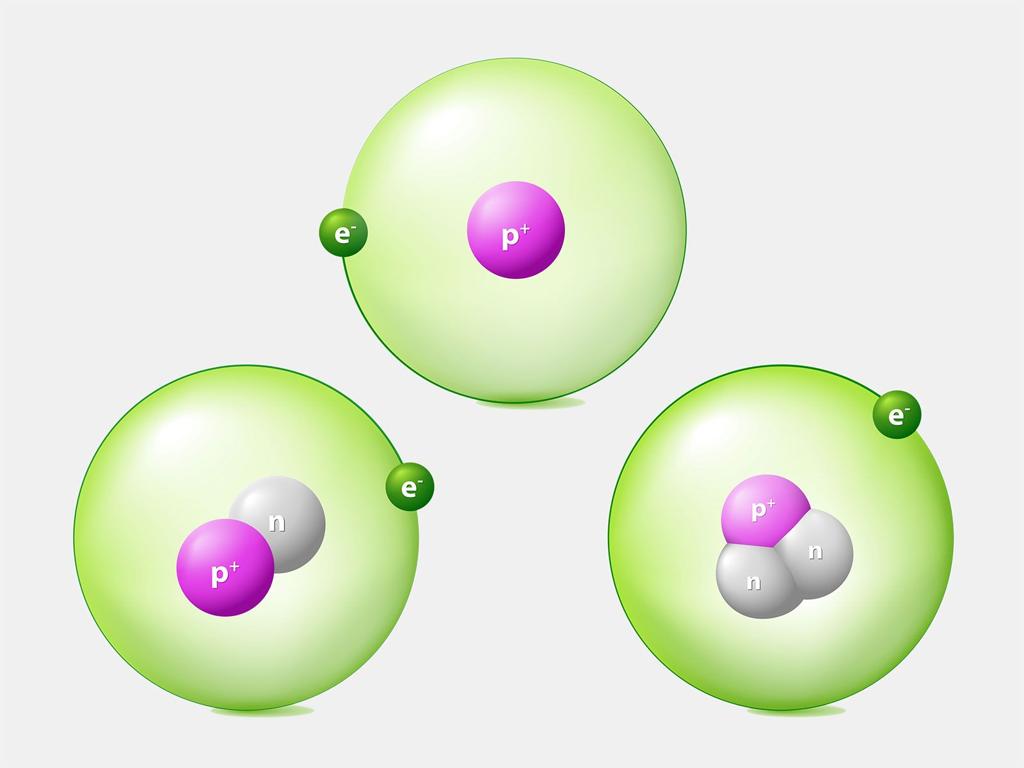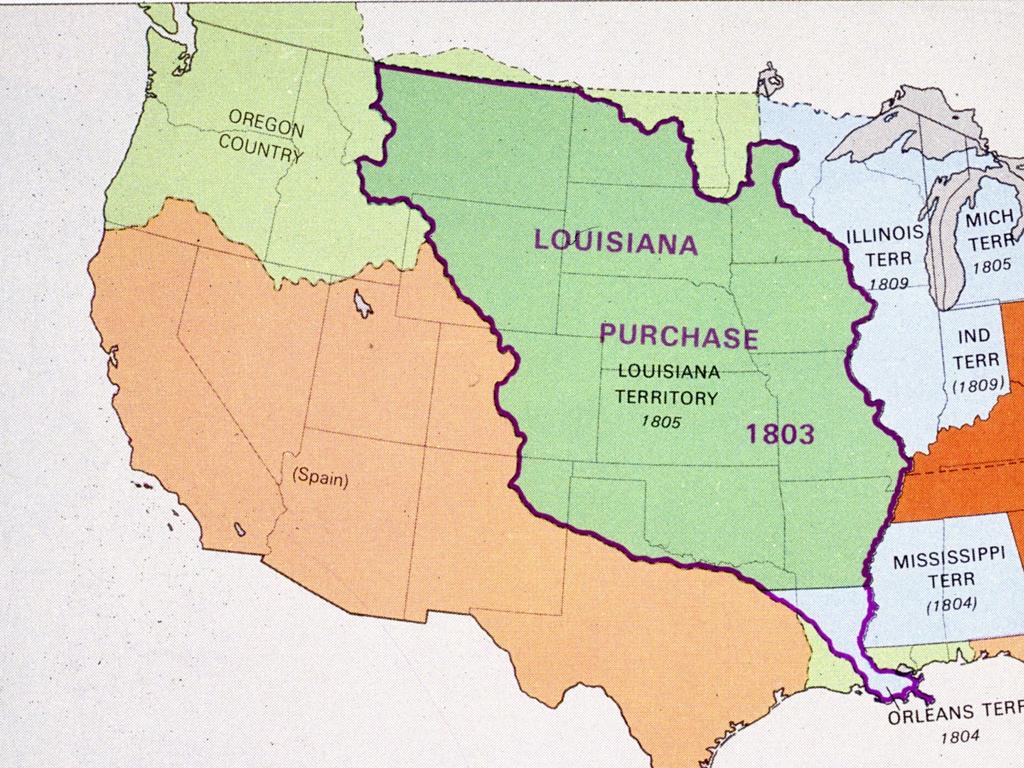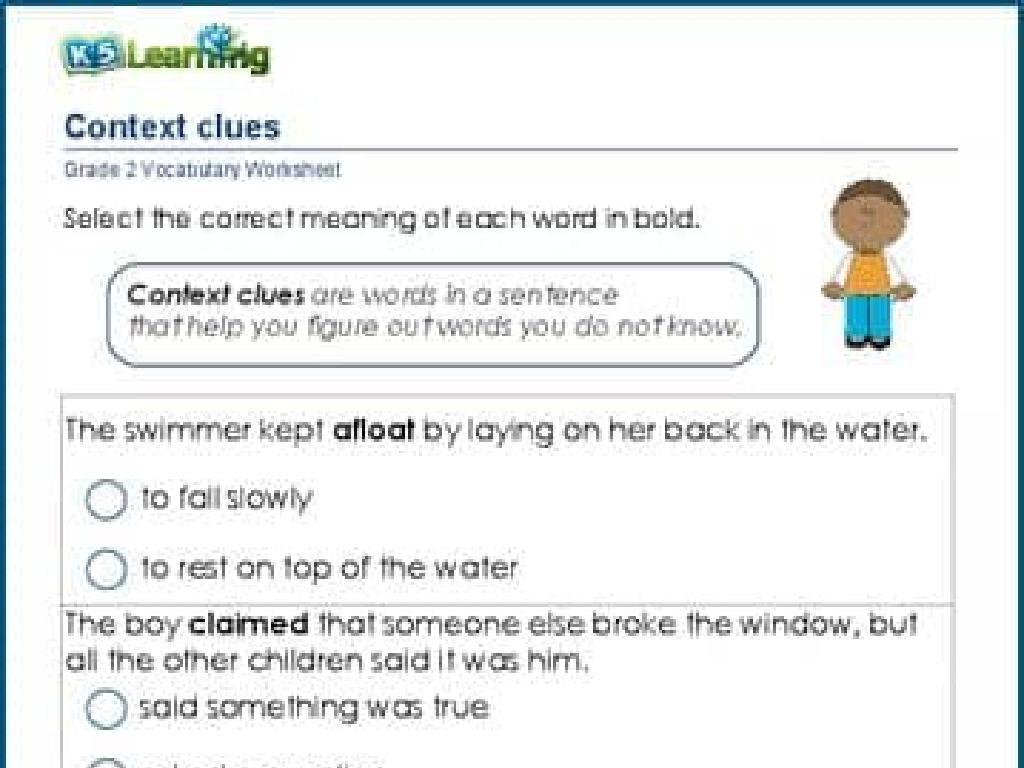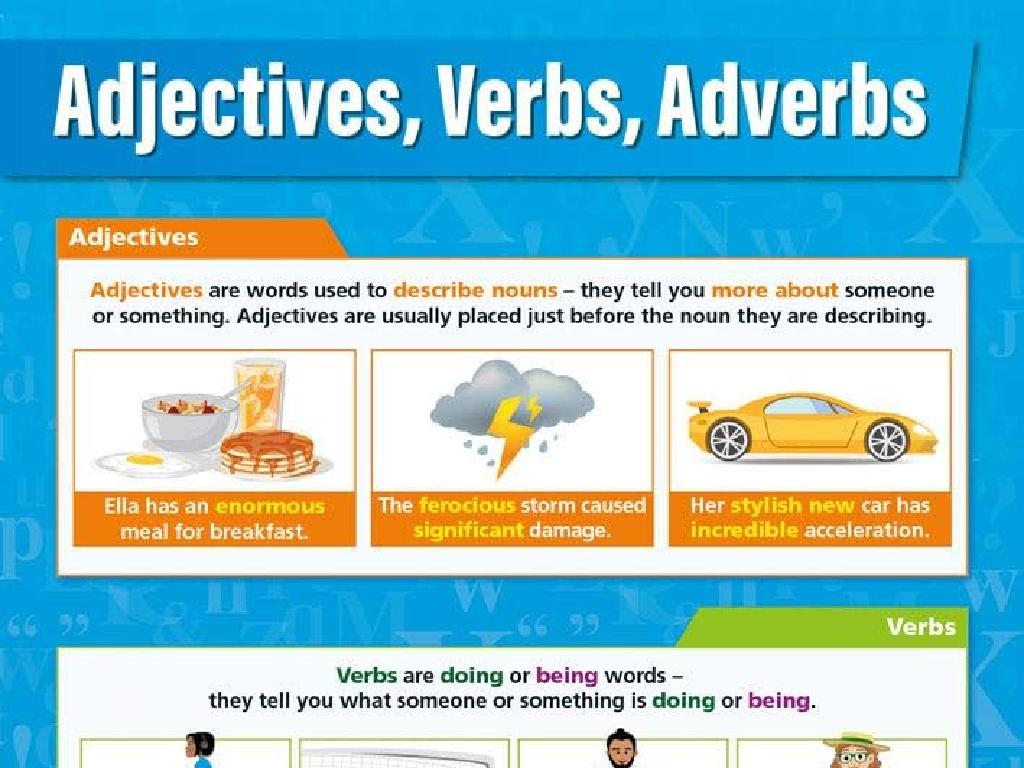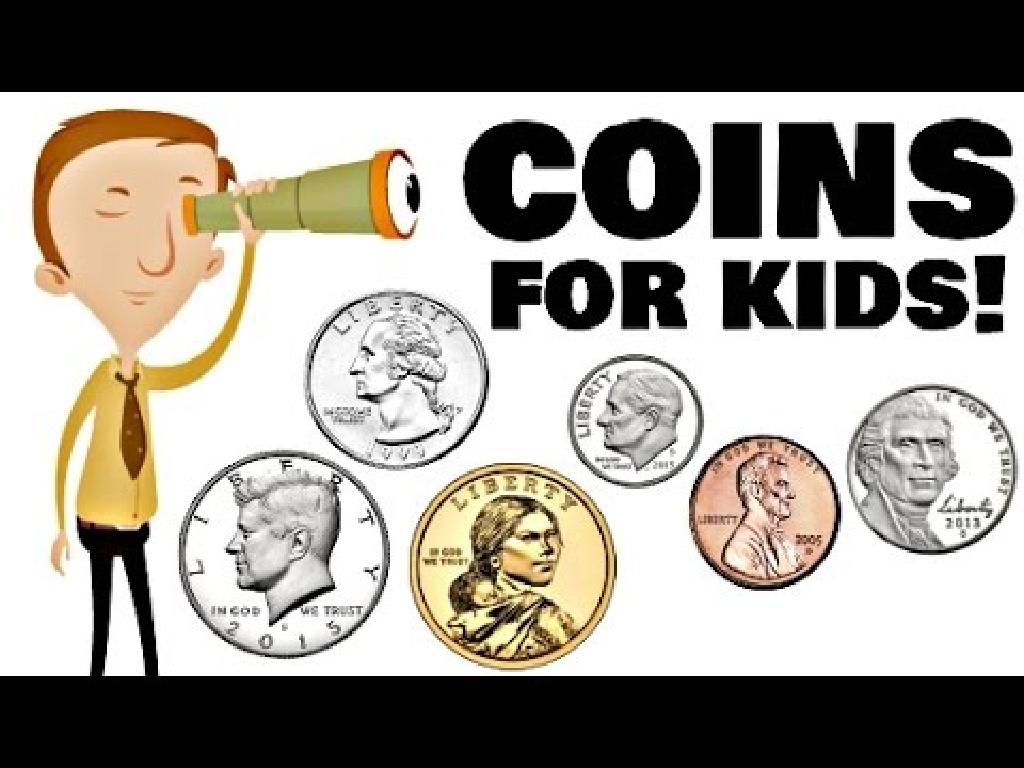Convert Rates And Measurements: Customary Units
Subject: Math
Grade: Eighth grade
Topic: Units Of Measurement
Please LOG IN to download the presentation. Access is available to registered users only.
View More Content
Introduction to Customary Units of Measurement
– Understanding measurement units
– Basic building blocks for quantifying physical quantities.
– Importance of accurate measurement
– Precision in measurement is crucial for consistency in everyday life and various fields.
– Overview of Customary Units
– Inches, feet, yards, miles for length; ounces, pounds for weight; cups, pints, quarts, gallons for volume.
– Practical applications
– Used in cooking, construction, travel, and more.
|
This slide introduces students to the concept of measurement and its significance in various aspects of life. Emphasize that units of measurement are the standards used to measure physical quantities. Accurate measurement is essential for consistency and precision in activities like cooking, construction, and navigation. Provide an overview of the customary units of measurement used in the United States, including units for length, weight, and volume. Highlight the practical applications of these units in daily life to help students understand their relevance. Encourage students to think of examples where they have used or encountered these units.
Customary Units of Length
– Understand inches, feet, yards, miles
– Conversion rules for units
– 12 inches = 1 foot, 3 feet = 1 yard, 5280 feet = 1 mile
– Measure objects in different units
– A pencil is about 7 inches long, while a football field is 100 yards
– Practice with real-world examples
– Convert the length of a classroom, your height, and more
|
This slide aims to familiarize students with the customary units of length used in the United States and how to convert between inches, feet, yards, and miles. Emphasize the importance of memorizing the basic conversion rules, as this will be the foundation for solving measurement problems. Provide examples of everyday objects and their measurements to help students visualize the units. Encourage students to bring in objects for a hands-on activity where they measure items in different units and convert between them. This practical application will help solidify their understanding of length measurements in the customary system.
Customary Units of Weight
– Understanding ounces, pounds, tons
– Smallest to largest: ounces, pounds, tons
– Conversion rules for weight units
– 16 ounces equal 1 pound, 2000 pounds equal 1 ton
– Real-world weight examples
– A football weighs about 1 pound, a car may weigh around 1 ton
– Practice conversion problems
|
This slide introduces students to the customary units of weight commonly used in the United States. Emphasize the hierarchy of these units from the smallest (ounces) to the largest (tons), and ensure students memorize the basic conversion rules. Provide relatable examples to help them grasp the concept of different weights, such as common items they encounter daily. To reinforce learning, incorporate practice problems where students convert between ounces, pounds, and tons, applying the conversion rules. This will prepare them for real-life situations where they need to understand and convert weights, such as in cooking, shipping, or comparing the weights of objects.
Customary Units of Capacity
– Cups, Pints, Quarts, Gallons
– Mastering conversion rules
– Remember: 2 cups in a pint, 2 pints in a quart, 4 quarts in a gallon
– Visualizing real-life capacity
– Think of a gallon of milk and how it can be broken down into quarts, pints, and cups
– Practice with examples
– Convert between units using everyday objects
|
This slide introduces students to the customary units of capacity commonly used in the United States. It’s crucial for students to understand the relationship between cups, pints, quarts, and gallons, and how to convert between these units. Use visual aids like a gallon of milk to show how it can be divided into smaller units, making the concept more tangible. Encourage students to bring in examples from home or the grocery store for a hands-on understanding. Provide practice problems where students can apply the conversion rules to reinforce their learning. This foundational knowledge is essential for real-life applications such as cooking, shopping, and science experiments.
Complex Conversions: Customary Units
– Steps for unit conversion
– Break down miles to inches: multiply by factors of 12 and 5,280
– Utilizing conversion factors
– Conversion factors are multipliers that relate two units, e.g., 1 mile = 5,280 feet
– Work through practice problems
– Example: Convert 2 miles to inches
– Step-by-step problem solving
– Follow conversion steps: 2 miles to feet to inches, using 5,280 and 12
|
This slide introduces students to the process of converting complex units within the customary system, such as miles to inches. Start by explaining the importance of understanding the relationship between different units and the necessity of conversion factors. Provide a clear, step-by-step methodology for conversions, emphasizing the multiplication by conversion factors. Include practice problems that students can work through, offering detailed solutions to reinforce the concept. Encourage students to set up conversion equations and solve them methodically, ensuring they understand each step of the process. This will build their confidence in handling complex unit conversions.
Mastering Customary Unit Conversions
– Understanding conversion factors
– A conversion factor is a ratio used to express the same quantity in different units.
– Using conversion factors
– Multiply the original measurement by the conversion factor to change units.
– Recipe measurement conversions
– Example: Converting cups to tablespoons in a baking recipe.
– Road sign measurement conversions
– Example: Converting miles to yards on highway distance signs.
|
This slide introduces students to the concept of conversion factors, which are essential for converting between different customary units of measurement. Emphasize that a conversion factor is a form of a ratio that allows us to convert one unit to another. Demonstrate the process of using conversion factors in calculations by providing step-by-step examples. For instance, show how to convert cups to tablespoons for a recipe or miles to yards for understanding road sign distances. Encourage students to practice with additional examples and ensure they understand how to apply conversion factors in various real-life situations.
Practice Time: Applying Conversion Skills
– Apply conversion knowledge
– Solve problems independently
– Tackle the provided practice problems on your own
– Class review of solutions
– We’ll go over each problem and answer as a group
– Reinforce learning through practice
|
This slide is designed to engage students in active practice of converting rates and measurements using customary units. Students should work on the set of problems provided in their worksheets, applying the conversion rules they’ve learned. Encourage them to try solving the problems without assistance first, to assess their understanding. Afterward, the class will come together to review the answers, allowing students to ask questions and clarify any misunderstandings. This collaborative review process helps solidify the concepts in their minds. As a teacher, be prepared with additional examples in case students need more practice, and be ready to explain common pitfalls and how to avoid them.
Class Activity: Measurement Scavenger Hunt
– Find and measure classroom items
– Convert measurements to new units
– Use rulers or tape measures for length, cups for volume
– Share findings with the class
– Reflect on the conversion process
– Discuss any challenges or surprises during conversions
|
This interactive activity is designed to help students apply their knowledge of customary units in a practical setting. Provide students with rulers, tape measures, and other measuring tools. They should find various items in the classroom to measure, such as a desk’s length or the volume of a water bottle, and then convert those measurements into different customary units (e.g., inches to feet, ounces to cups). After measuring and converting, students will share their results with the class, fostering a collaborative learning environment. Encourage them to reflect on the process, including any difficulties they encountered while converting between units. This will help them understand the practical applications of measurement conversions in real-life scenarios.
Conclusion & Homework: Mastering Conversions
– Recap of conversion principles
– Why conversions matter
– Accurate conversions are crucial in real-world applications like cooking and construction.
– Homework: Conversion practice
– Complete the provided worksheet to practice converting between different customary units.
– Bring questions to next class
– Review your work and note any difficulties to discuss in our next session.
|
As we wrap up today’s lesson, it’s important to review the key concepts of converting rates and measurements within the customary units. Understanding these conversions is essential for practical applications in everyday life and various professions. For homework, students are assigned a worksheet that includes a variety of conversion problems to reinforce their learning. Encourage students to attempt all problems and bring up any questions or challenges they encounter. This will help identify areas that may need further clarification and ensure that all students are confident in performing these conversions.

